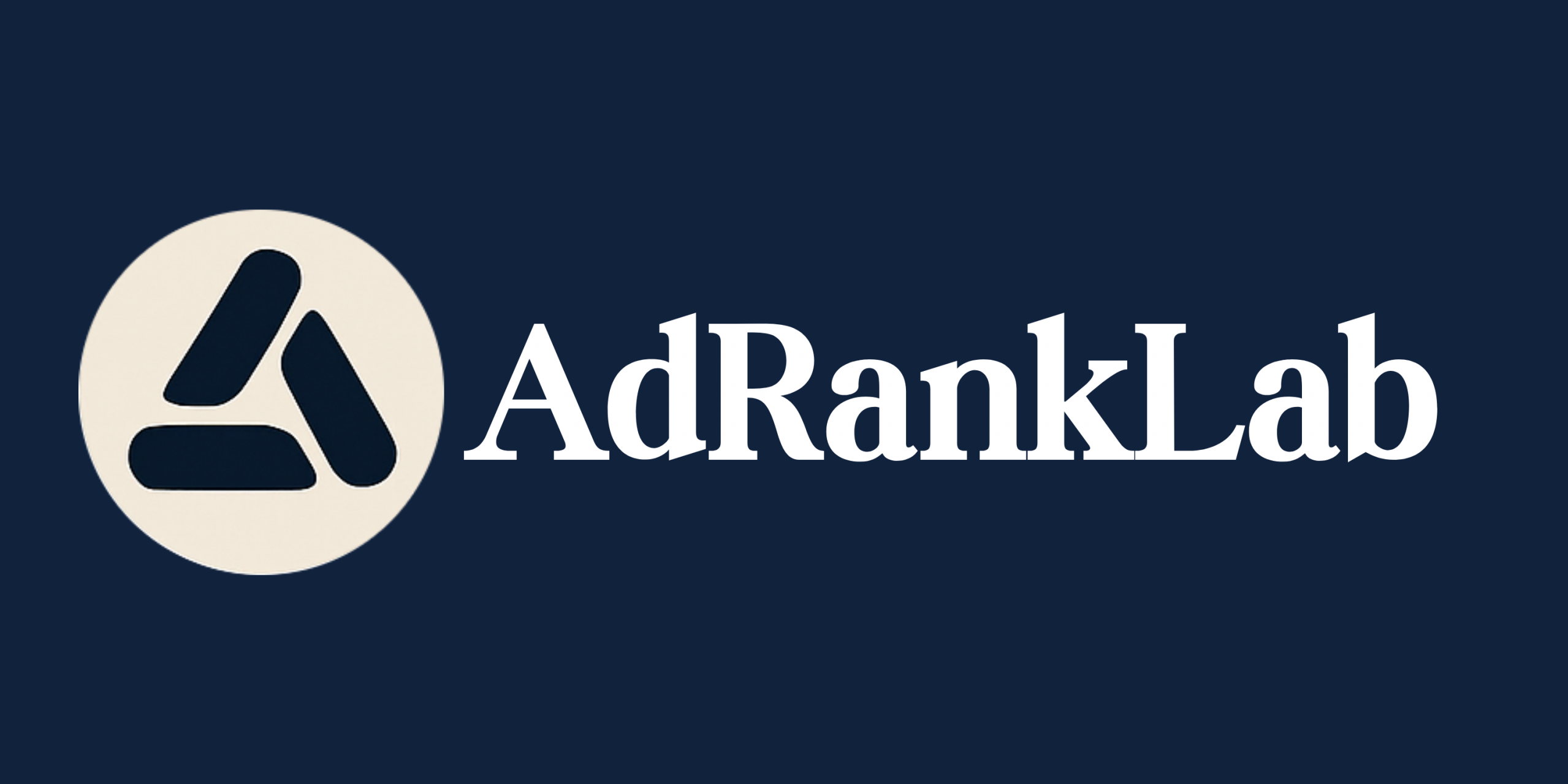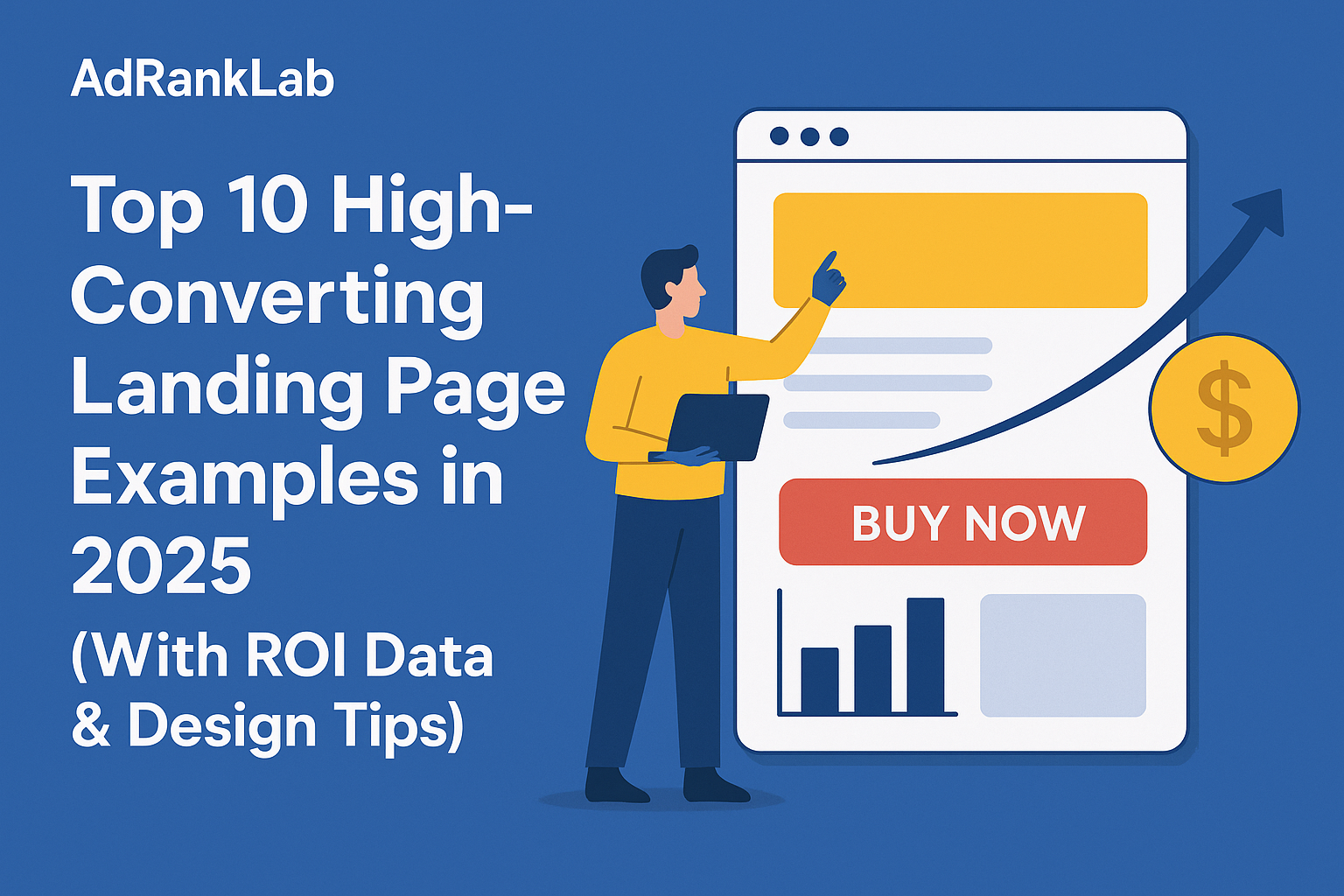In a global marketplace projected to exceed $600 billion in digital ad spend by the end of 2025, performance marketing has become the linchpin for businesses seeking quantifiable growth and efficient ROI. From corporate giants to lean startups in e-commerce, SaaS, and beyond, organizations must stay ahead of emerging trends and leverage the right tools and channels to thrive. This comprehensive guide covers everything you need to know about performance marketing in 2025, with actionable facts, figures, and strategies tailored for ambitious business leaders.
What is The Future of Performance Marketing in 2025?
Performance marketing is a results-oriented advertising model where payment is tied directly to measurable outcomes—clicks, leads, sales, or installs—rather than impressions alone. As of 2025, over 78% of marketers prioritize performance-based budgets, reflecting an industry-wide shift toward accountability and cost efficiency.
- Global Adoption: In 2024, 62% of global ad budgets were allocated to performance channels, up from 45% in 2020.
- Cost Efficiency: Businesses report an average 30% reduction in customer acquisition costs (CAC) when shifting from brand awareness campaigns to performance marketing.
Performance marketing today is not limited to search and social ads; it spans programmatic buys, affiliate networks, and influencer collaborations—all optimized through real-time data and machine learning algorithms. This holistic approach empowers marketers to pivot campaigns instantly, maximizing ROI in an ever-changing landscape.
Shift from Traditional to Measurable Results
Traditional media—TV, radio, print—accounted for 56% of total ad spend in 2015, but fell to just 29% by 2024. In contrast, digital channels soared, growing at a CAGR of 12.5% between 2019 and 2024. Key drivers include:
- Attribution Models: Advanced multi-touch attribution now credits each customer interaction accurately, reducing wasted spend by up to 25%.
- Real-Time Reporting: With 24/7 dashboards, 68% of brands can optimize campaigns within minutes of performance shifts.
- Budget Flexibility: Automatic budget reallocation based on performance can improve ROAS by 20% in under four weeks⁹.
As companies worldwide demand transparent ROI, traditional channels struggle to compete. By moving budgets to measurable digital platforms, companies unlock precise targeting, granular insights, and continuous optimization—turning ad dollars into tangible business outcomes.
Key Channels
Performance marketing in 2025 spans multiple channels. A diversified mix ensures reach, efficiency, and scale:
| Channel | 2024 Global Spend (% of digital) | Average ROI (2024) |
|---|---|---|
| PPC (Search Ads) | 28% | 4.5× |
| Programmatic Display | 21% | 3.8× |
| SEO (Organic) | 18% | 5.0× |
| Affiliate Marketing | 12% | 6.2× |
| Influencer Marketing | 14% | 3.2× |
| Social Ads (Meta, TikTok) | 25% | 4.1× |
PPC (Pay-Per-Click): Dominates with $150B spent globally in 2024, driven by Google Ads and Microsoft Advertising.
Programmatic Ads: Account for 40% of display budgets and leverage AI for dynamic bidding, reducing manual workload by 60%.
SEO: Organic search drives 49% of website traffic on average, making content optimization essential for long-term growth¹².
Affiliate Marketing: With over 6 million active publishers globally, affiliate networks generated $14 billion in sales in 2024.
Influencer Marketing: Despite concerns about authenticity, businesses spent $20B on influencer partnerships in 2024, yielding an average engagement rate of 3.4% for micro-influencers¹⁴.
AI & Automation in Performance Marketing
AI and automation are no longer optional—they are fundamental. In 2025, 92% of high-performing marketing teams utilize AI-driven tools for optimization.
- Predictive Bidding: AI forecasts which ad auctions drive the best ROI, boosting conversion rates by 22%.
- Dynamic Creative Optimization (DCO): Automated A/B/n testing of ad creatives reduces cost-per-acquisition by 18%.
- Chatbots & Conversational AI: Handle 55% of customer inquiries without human intervention, contributing to 15% lift in lead generation.
Leading platforms like Google’s Performance Max and Meta’s Advantage+ employ machine learning to handle audience segmentation, bidding, and placement in real time. AdRankLab’s proprietary AI layer further integrates first-party data, maximizing relevance while ensuring compliance with global data privacy regulations.
Best Tools for Tracking Performance
With robust attribution proving critical, businesses rely on sophisticated tracking tools. Here are top contenders in 2025:
- Google Analytics 4 (GA4): Tracks cross-device journeys and event-based metrics; used by 85% of Fortune 500 companies.
- Adobe Analytics: Offers deep customer insights and predictive analytics; processes 1.6 trillion signals daily.
- Mixpanel: Specialized in product and user-behavior analytics; supports real-time segmentation for 120 million monthly active users.
- Segment (Twilio): Unifies customer data from 300+ integrations, powering personalized campaigns across channels.
- Adjust & AppsFlyer: Mobile attribution leaders with fraud prevention, handling $30 billion in ad spend annually.
Implementing these tools with proper tagging and server-side tracking can improve data accuracy by up to 40%, ensuring decisions are based on reliable metrics.
KPIs to Focus on
Not all metrics are created equal. Performance marketers must prioritize KPIs that align with business objectives:
- Cost Per Acquisition (CPA): Industry benchmarks range from $35 (e-commerce) to $120 (SaaS) per new customer.
- Return on Ad Spend (ROAS): A healthy target is 4×, though high-margin verticals like B2B SaaS often see 6–8×.
- Customer Lifetime Value (LTV): In e-commerce, average LTV is $200, whereas in SaaS it can exceed $2,000.
- Click-Through Rate (CTR): Search ads average 3.17%, while display ads average 0.46%.
- Conversion Rate (CVR): Top-quartile landing pages convert at 9.2%, compared to a median of 2.35%.
Focusing on these core metrics—rather than vanity metrics like impressions—enables data-driven optimization and more predictable budgeting.
Common Mistakes Brands Make
Even seasoned marketers stumble. Avoid these pitfalls:
- Overlooking Attribution: Relying on last-click models can misallocate up to 30% of budgets.
- Neglecting Creative Rotation: Using stale ads longer than 2 weeks can lower engagement by 27%.
- Ignoring Mobile Optimization: Mobile devices account for 68% of digital media time; poor UX leads to 50% higher bounce rates.
- Underutilizing First-Party Data: Failing to enrich CRM data reduces targeting accuracy by 25%.
- Cutting Testing Budgets: Eliminating A/B tests under budget pressure can stall growth—testing lifts performance by 14% on average.
By proactively addressing these issues, businesses can safeguard campaign efficiency and avoid wasted spend.
When to Partner with a Performance Agency like AdRankLab
While in-house teams excel at execution, complex global campaigns often demand specialized expertise. Consider partnering with AdRankLab when:
- Scaling Internationally: We’ve managed cross-border campaigns in 30+ markets, adapting to local languages, currencies, and regulations.
- Maximizing Tech Stack: Our certified specialists integrate GA4, Adobe Analytics, and server-side tagging to ensure end-to-end attribution.
- Leveraging AI Customization: AdRankLab’s AI-driven bidding algorithms have delivered 25% lower CPA for clients on average.
- Comprehensive Reporting: We provide custom dashboards with 15+ automated insights, saving marketing teams 10+ hours weekly.
- Performance Guarantees: Our success-based pricing aligns incentives—clients see an average 3.8× ROAS within the first 90 days.
By collaborating with AdRankLab, businesses gain a turnkey solution that combines cutting-edge technology, data-driven strategy, and global performance expertise.
Conclusion
As performance marketing continues its meteoric rise—expected to represent 75% of all digital advertising spend by 2026—businesses must adapt or risk falling behind. By embracing measurable channels, harnessing AI, focusing on critical KPIs, and avoiding common pitfalls, organizations can unlock consistent, scalable growth. Whether you’re a startup, a SaaS provider, or an enterprise e-commerce brand, now is the time to refine your performance strategy and consider the strategic advantage of partnering with AdRankLab for unparalleled results.



